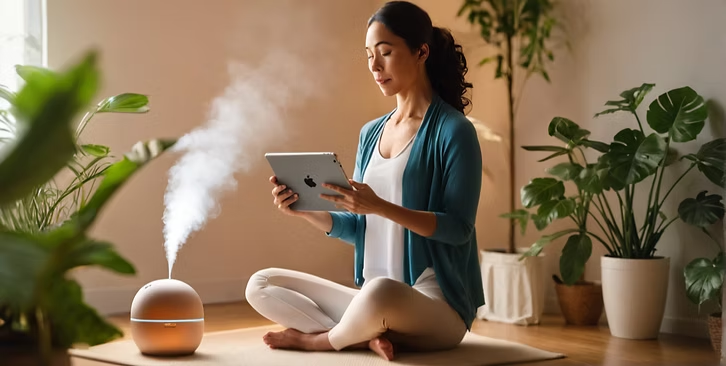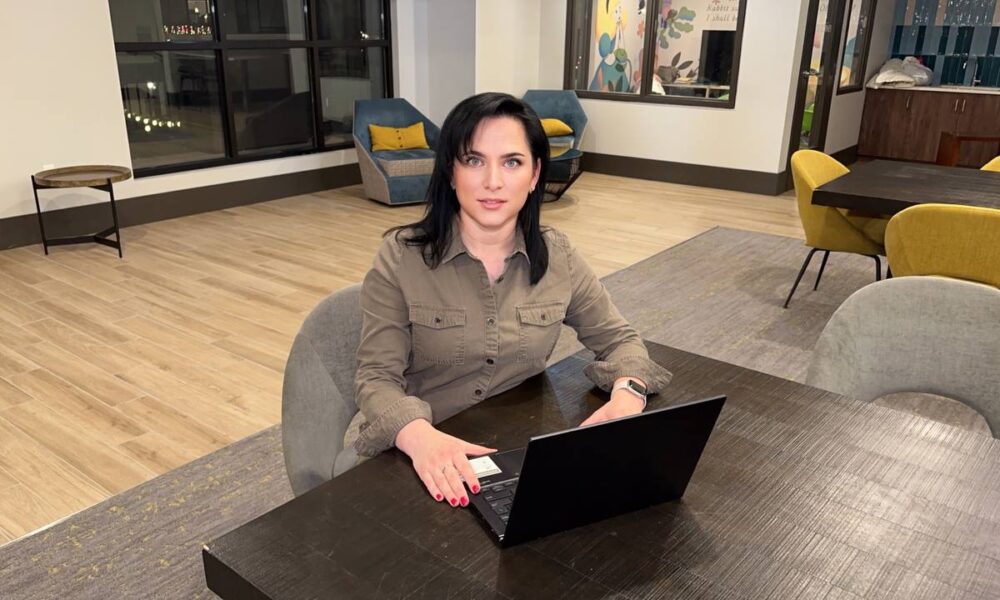Living with chronic pain turns everyday tasks into constant challenges. Getting through the day often requires extra effort, especially at home, where comfort and functionality can make a noticeable difference. As pain fluctuates, even simple actions like adjusting the thermostat or turning on a light can feel overwhelming.
Smart home technology is emerging as a valuable support tool. Devices like smart thermostats, adaptive lighting, and voice-controlled assistants are designed to reduce physical strain and simplify routines. Many people with chronic pain are finding that these tools not only increase comfort but also help maintain independence, offering small but meaningful improvements to daily life.
Smart Climate Control That Helps With Pain in Mesa’s Desert Heat
Mesa’s extreme heat can make joint and nerve pain worse. Smart thermostats like Ecobee and Nest keep indoor temperatures steady by adjusting automatically to the user’s preferences. Keeping the temperature stable throughout the day can reduce pain flare-ups and make life more comfortable—especially when pain makes it difficult to get up and change the settings manually.
Mobile apps connected to these thermostats let users make adjustments from anywhere—even from the couch or bed. Scheduled settings can match pain patterns, keeping things comfortable without constant effort—an especially helpful feature for anyone exploring options for pain management in Mesa AZ to improve daily comfort.
Voice-Activated Assistants That Help When Movement Is Hard
Everyday tasks can become overwhelming when pain flares up, making even simple movements feel exhausting. Voice-activated assistants like Amazon Echo and Google Nest offer a hands-free way to manage daily routines with less strain. Devices such as these allow users to control lights, thermostats, and appliances through voice commands, reshaping how people interact with their homes. When getting up is difficult, speaking a command brings quick relief without added effort.
Routines can be customized to fit specific needs—like setting medication reminders or adjusting volume—and voice access to caregivers adds another layer of support. For many, this technology becomes a quiet partner in daily comfort, helping reduce stress during moments when energy is limited.
Adaptive Lighting That Reduces Discomfort From Bright Lights
Bright, harsh lighting can make pain worse. Smart lighting systems like Philips Hue let users change brightness levels to match their comfort. This creates a softer, more calming environment. Features like motion sensors make it easier to get around without looking for switches, which is especially helpful at night.
Timed dimming that follows natural sleep patterns can also improve sleep, which is important for feeling better overall. For example, lights can gradually dim over 30 minutes before bedtime, signaling the body to wind down. Adding smart lighting to daily life supports a restful space, helping ease pain and possibly speed up recovery.
Home Security That’s Safe and Easy
Taking care of home security can be tough when dealing with pain. Smart locks and video doorbells simplify things by letting users manage entryways from anywhere in the house. Instead of getting up to answer the door, people can check who’s there from a distance. When connected to a phone, smart security devices provide quick access to live video or alerts, offering added peace of mind.
Other tools like automatic gate openers and voice-activated alarms add another layer of support. A single voice command can lock every door, eliminating the need to move room to room. These features increase safety while reducing strain. With their mix of security and convenience, smart systems help people feel more in control at home—even on days when movement is limited.
Kitchen Tech That Helps On Low-Energy Days
Cooking can be exhausting when mobility is limited. Smart plugs and WiFi-enabled kitchen appliances lend a hand, making it easier to cook without moving around too much. A remote-controlled slow cooker, for example, can be started or stopped without walking across the kitchen. Smart microwaves that respond to voice commands also make meal prep less tiring.
Staying organized with food becomes easier with smart features. Fridge cameras connected to grocery apps track what’s available and suggest meal ideas, leading to fewer store trips and less guesswork. Smart kitchen tools simplify cooking and support self-care without adding extra strain.
Smart home technology can do more than add convenience—it can lighten the daily load for those living with chronic pain. Features like voice control, automated lighting, and remote access reduce physical strain and offer more control over daily routines. Choosing just one tool that targets a persistent challenge—like adjusting lights or managing temperature—can lead to noticeable relief. Over time, these small changes build a more comfortable and manageable living space. For many, that means less frustration and more energy for what matters most. Exploring even a simple upgrade could lead to a steadier, more supportive home environment every day.












Leave a Reply